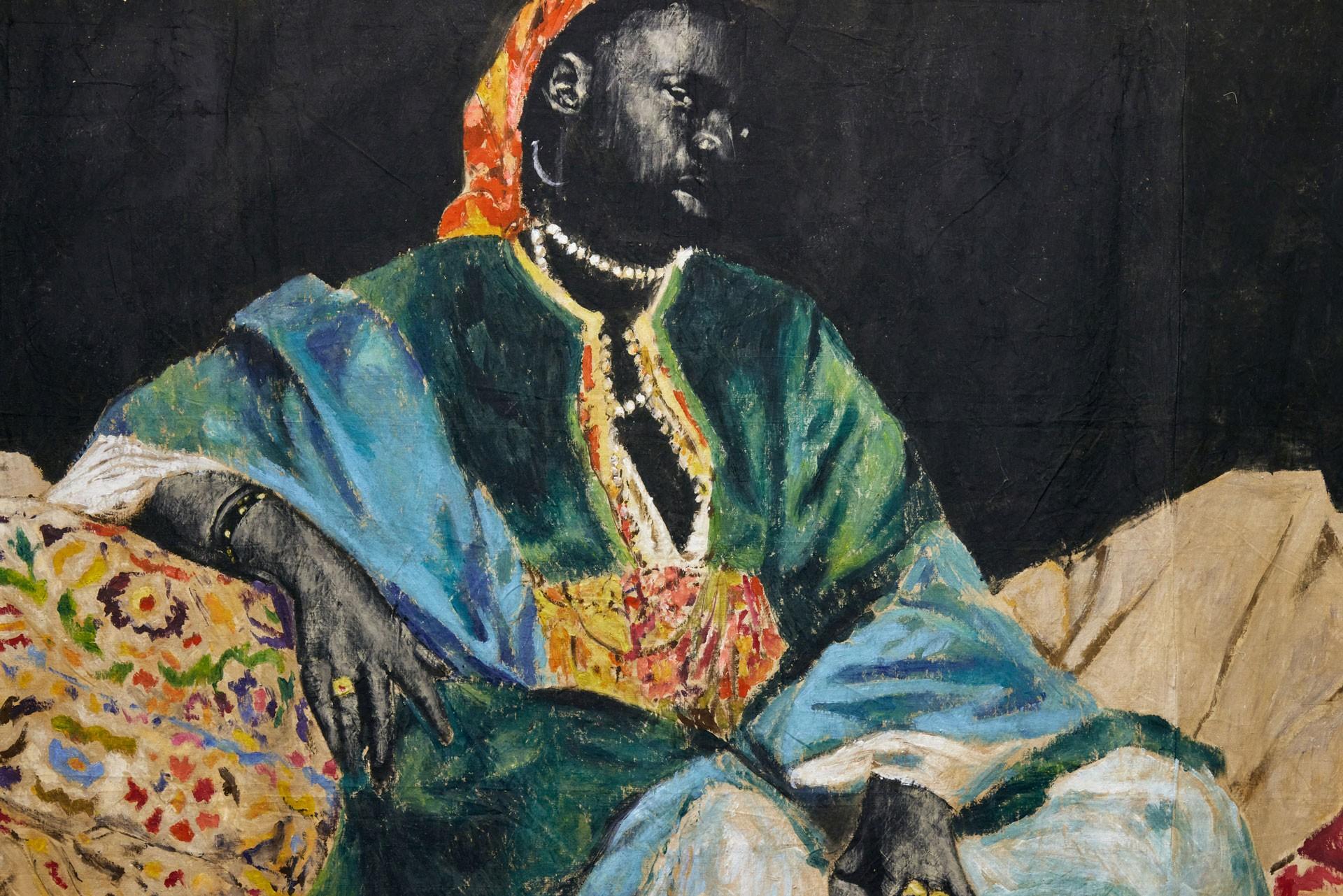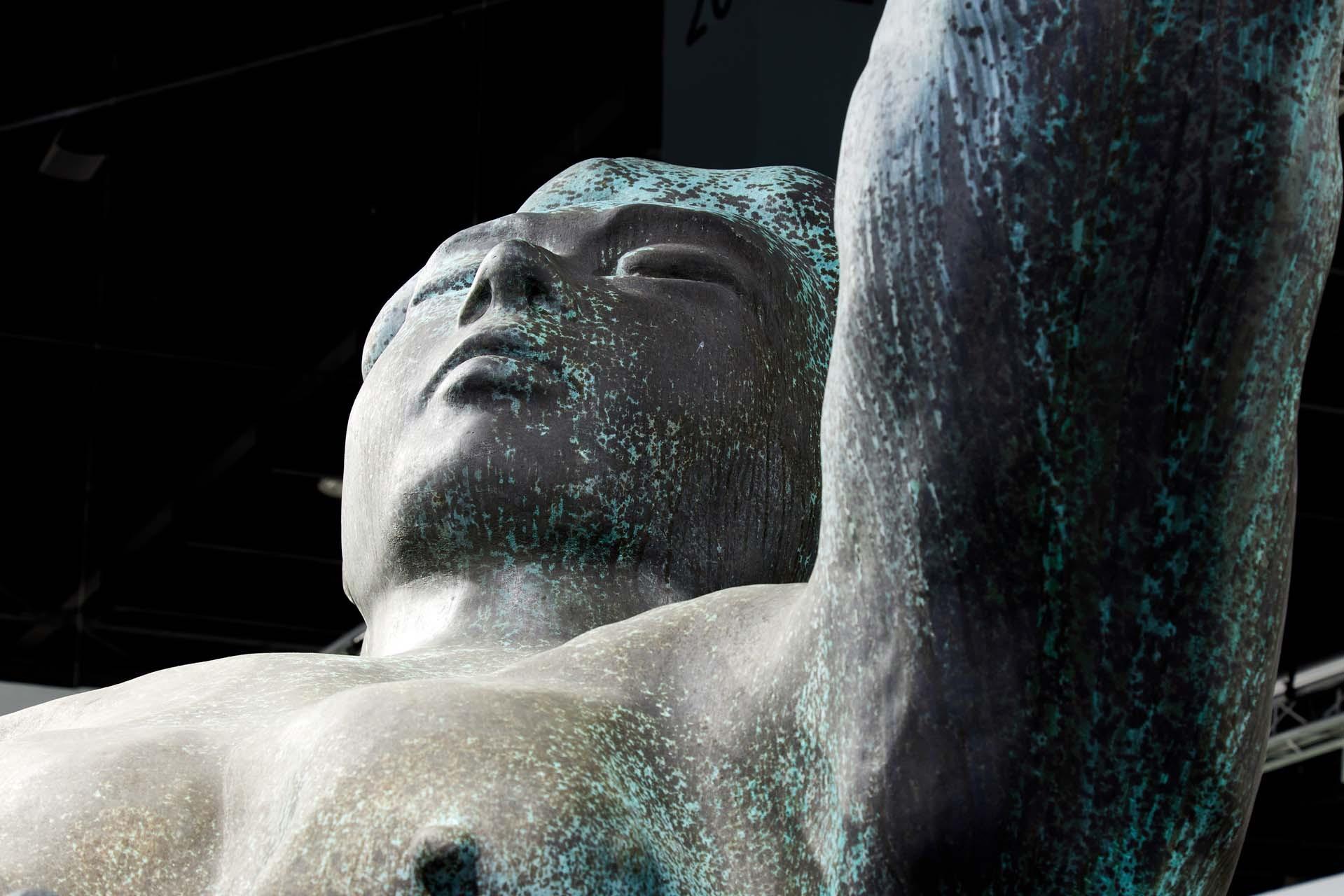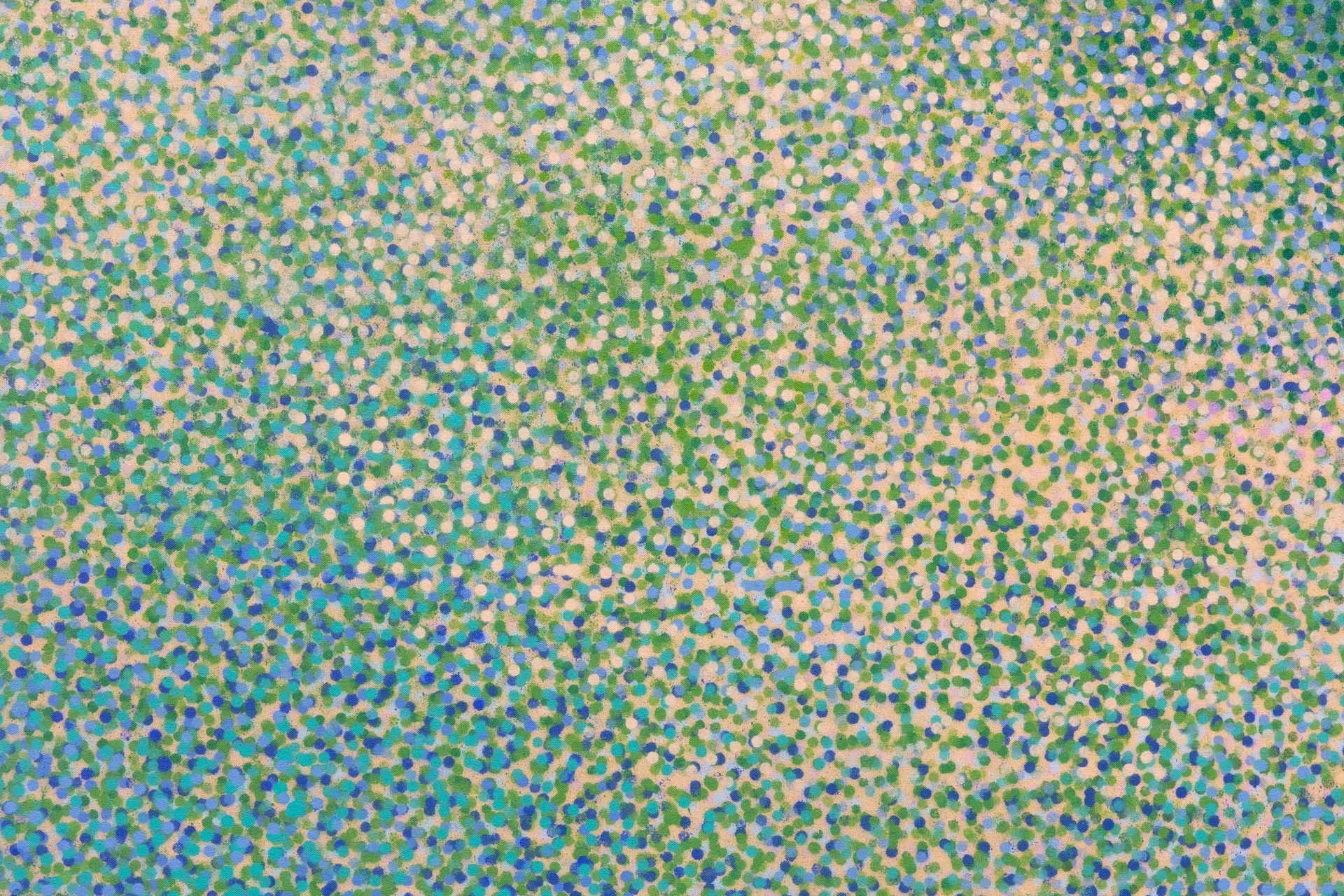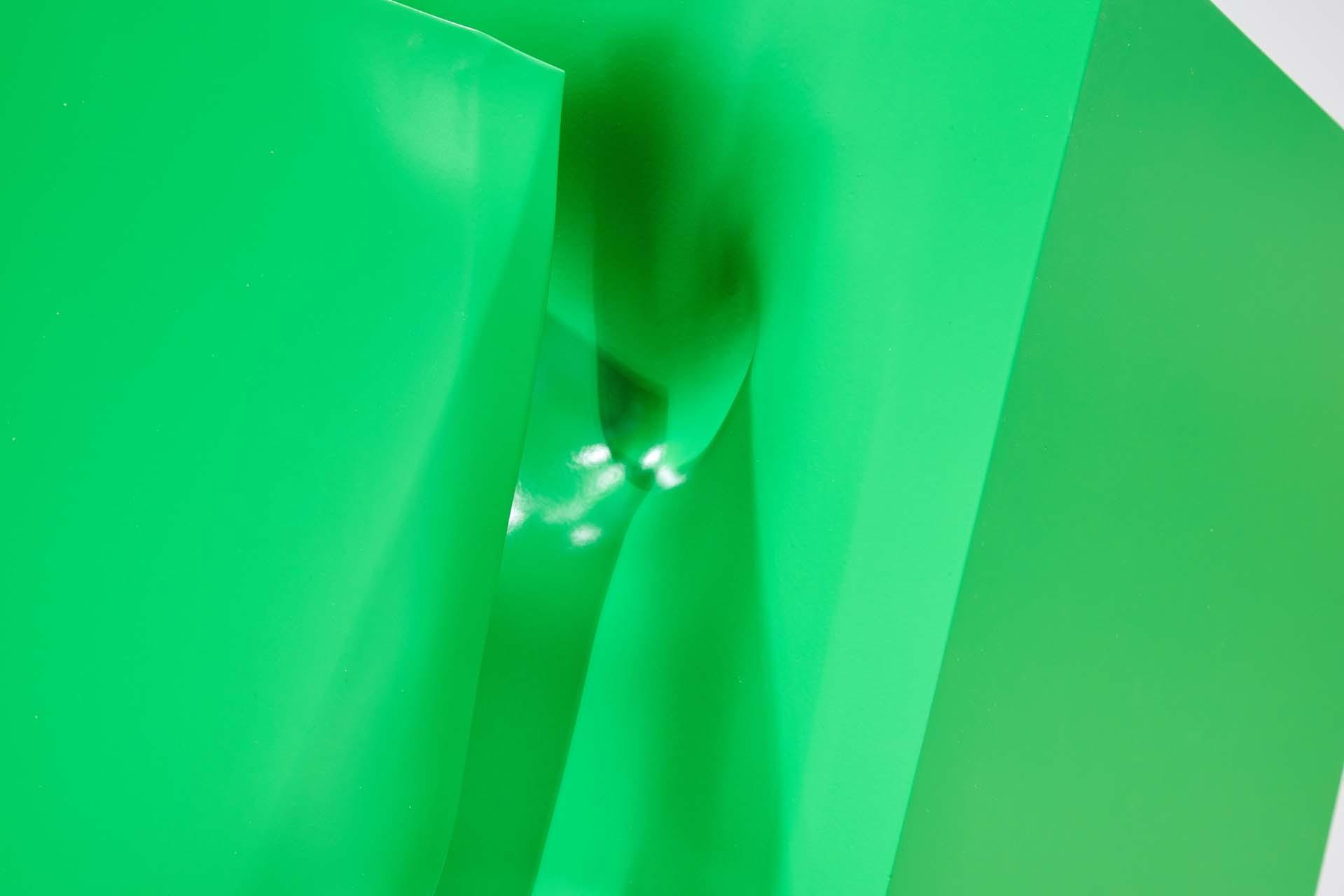Dealer sales reached an estimated $37.2 billion in 2022, a 7% increase year-on-year, restoring the market to its value before the pandemic in 2019.

Surveys of the dealer sector in 2022 showed that those with the highest turnovers of over $10 million saw some of the largest increases in average sales values, at 19%. The smallest businesses struggled with price-conscious and cautious buyers, rocketing costs, and more stagnant sales, with a decline of 3% for those with turnover of less than $250,000. This segment also had the smallest rise in sales from 2020 to 2021 (at 6%, versus 27% in the $10 million-plus segment).
Average Change in Year-on-Year Turnover by Dealer Turnover Segment
Despite the difficult conditions over the last two years, some galleries have been expanding their premises, both locally and internationally. The majority (71%) of dealers surveyed in 2022 operated from one gallery or site in one country, with a further 14% operating from one region but with more than one premises. 9% operated over multiple regions (versus just 5% in 2021), and the remaining 6% had no physical premises.
Geographical Gallery Operations in 2022

Although traditional mediums still dominated dealers’ sales, with paintings, sculptures, and works on paper accounting for 82% by value in 2022, the share of digital, film, and video art rose to 5% (from just 1% in 2021). The majority of those sales (4%) were in digital art, and almost all (99%) were sales of digital art associated with NFTs.
Fine Art Dealers’ Share of the Value of Sales by Medium in 2022
In 2022, dealers reported that sales from their single highest-selling artists accounted for an average of 31% of their total revenues, while their top three artists accounted for 51%. This skewed distribution was slightly more pronounced for primary market dealers, with their top-selling artists accounting for 34% and the top three 56%. However, these shares have declined from 2018, when they were 42% and 63% respectively.
Sales Share of Top Artists by Dealer Sector in 2022

Sales at art fairs rose significantly in 2022, as dealers exhibited at the same number of fairs on average as they had in 2019. Sales from live events increased from 27% of total sales in 2021 to 35% in 2022, but remained significantly below pre-pandemic levels in 2019 (42%). The largest shares were reported by the biggest dealers, including 40% for those turning over more than $10 million, with the majority of sales taking place at international fairs.
Share of Art Fair Sales by Dealer Turnover Segment in 2022
Looking ahead, just over half (51%) of dealers predicted art fair sales would increase (from 65% in 2021), 13% expected a decline, and the remaining 36% thought they would remain stable. Dealers with turnover of greater than $10 million were the most optimistic, with 58% predicting that their sales at fairs would increase in 2023.
Dealers' Outlook for Art Fair Sales in 2023

After a rapid escalation of growth in e-commerce in 2020 to 39% of dealers’ sales, the share of online decreased to 22% in 2021, and again to 16% in 2022. 42% of dealers thought e-commerce would increase in 2023, 50% thought it would remain stable, and just 8% anticipated a decline.
Dealers' Share of Online Sales 2019-2022
Maintaining relationships with existing collectors was a top priority for 65% of dealers in 2022 and ranked the highest priority overall, followed by attending art fairs. Online sales and exhibitions ranked third, indicating the dual focus of pursuing both online and offline strategies. Looking ahead for the next five years, these top priorities were unchanged, with the need to widen the geographical reach of their client base in close fourth position as a future priority.
Top Five Business Priorities for Dealers

Dealers’ focus in 2022 was divided between maintaining sales with their existing base of clients and finding new buyers. New buyers accounted for 35% of their sales on average, with smaller dealers having the highest share (43% for those with turnover of less than $250,000 versus 32% for in the $10 million-plus segment). All dealers turning over more than $500,000 saw the share of sales to new buyers decline year-on-year.